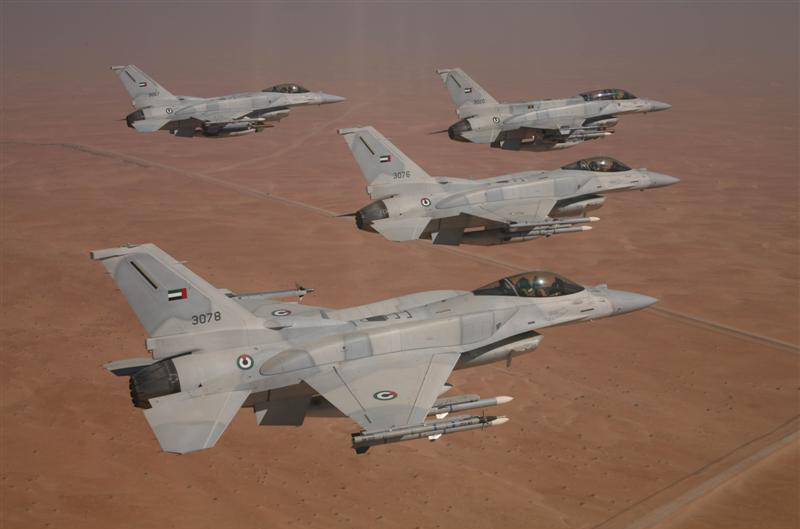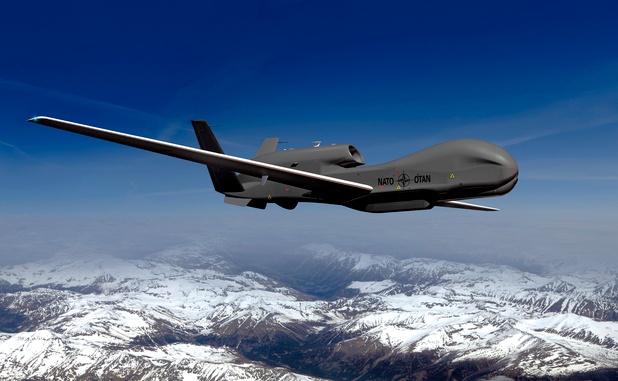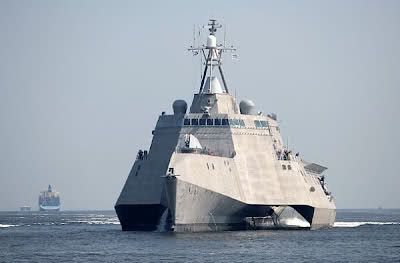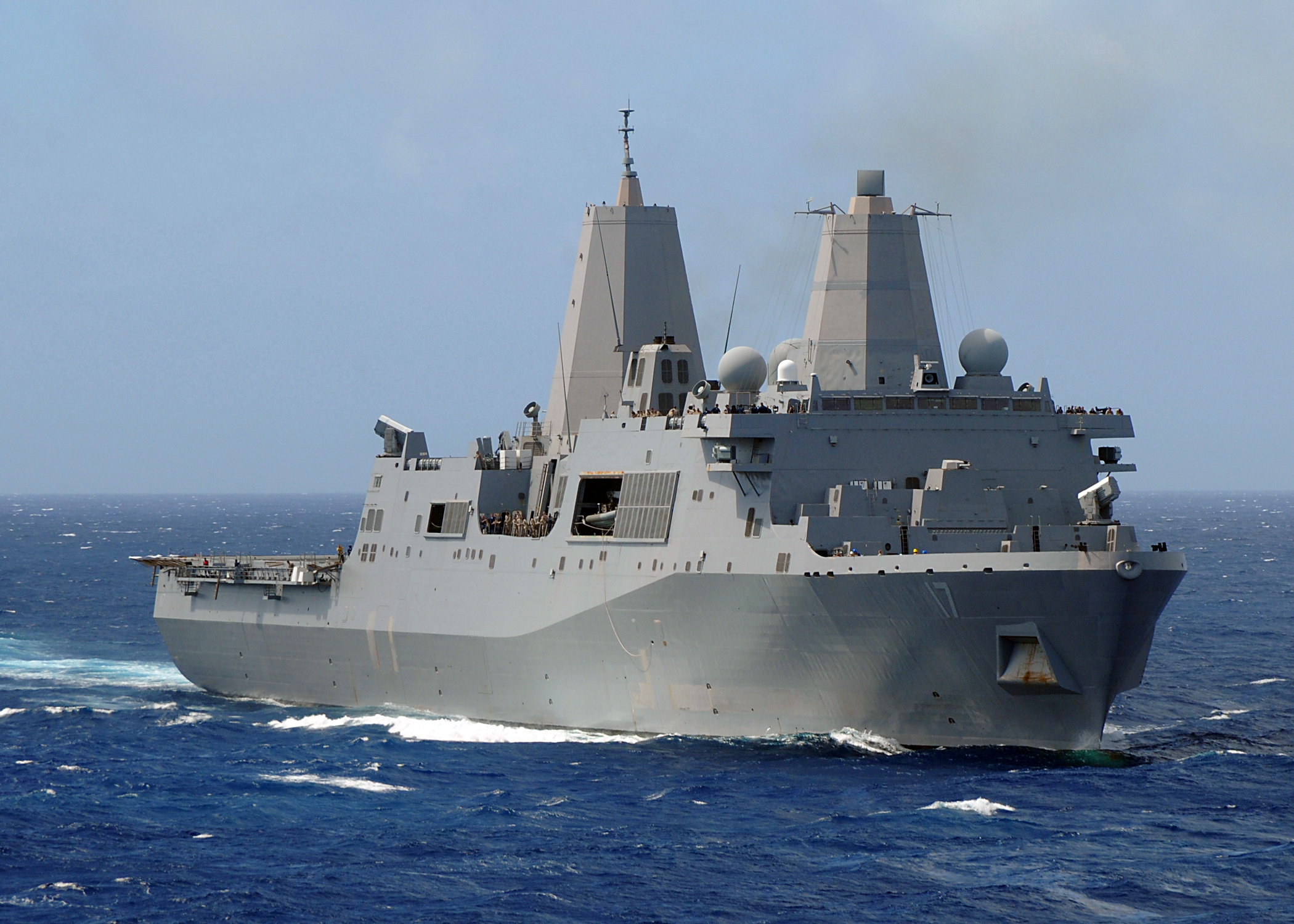Despite consistent study of conflicts in the Middle East, there has been scarce examination of the region’s arms industry. Rather than discuss the region’s indigenous weapons manufacturing, students of the Middle East are more likely to identify the implications of arms transfers to the region from outside powers. The Egyptian-Czech Arms Deal of 1955, the American airlift to Israel during the October War, and the Iran-Contra Affair are all famous (or infamous) accounts highlighting the historic significance of outside powers in regional procurement strategies. According to some observers, however, this dynamic may change as the manufacturing capabilities of Saudi Arabia and the UAE appear to be growing more sophisticated, carrying the potential to alter the political landscape of the Persian Gulf.
 To be sure, Arab governments have made earnest attempts since the mid-twentieth century to establish their own defence industries. In all cases, however, these industries proved unsustainable and as a result, extra-regional states and arms contractors continue to dominate the region’s weapons supply. For example, Egypt has received $1.3-billion a year in military aid from the US since 1987. As a recipient of US bilateral foreign assistance, it is second only to Israel, which receives some $3-billion annually. Recently, however, Egypt sought to diversify its arms supply by soliciting Russia for matériel. A recently inked deal will see Cairo purchase $2-billion worth of arms from Moscow and in late April, it was reported that Cairo planned to purchase 24 advanced MiG-35 fighter jets from Russia for $3-billion.
To be sure, Arab governments have made earnest attempts since the mid-twentieth century to establish their own defence industries. In all cases, however, these industries proved unsustainable and as a result, extra-regional states and arms contractors continue to dominate the region’s weapons supply. For example, Egypt has received $1.3-billion a year in military aid from the US since 1987. As a recipient of US bilateral foreign assistance, it is second only to Israel, which receives some $3-billion annually. Recently, however, Egypt sought to diversify its arms supply by soliciting Russia for matériel. A recently inked deal will see Cairo purchase $2-billion worth of arms from Moscow and in late April, it was reported that Cairo planned to purchase 24 advanced MiG-35 fighter jets from Russia for $3-billion.
For their part, the Gulf governments—endowed with large capital surpluses from hydrocarbon rents—are the region’s leading consumers of arms, having spent billions in securing weapons over the decades from Western and non-Western defence contractors. This trend is likely to continue with Saudi Arabia (the world’s fourth largest military spender) and the UAE expected to purchase some $120-billion in weapons per annum through to 2016. One estimate indicates that $100-billion in procurement sales and tens of billions of dollars in support and maintenance contracts will be up for grabs in the Middle East and North Africa through to 2019.
Despite this expected growth in sales of weapons contracts to the Middle East, regional governments are making efforts to establish domestic arms industries to support their own militaries and for export markets. A recent article in Foreign Policy highlighting the emerging arms industries in Saudi Arabia and the UAE maintains that these countries may be the first to create sustainable defence industries in the Arab world. According to the article, Saudi and Emirati firms are now capable of manufacturing and modernizing military vehicles, communication systems, aerial drones, and more. Additionally, they have the ability to maintain, repair, and retrofit aircrafts; and through US training they are able operate some of the world’s most sophisticated weapons systems.
If a 35-percent offset requirement is enforced, then roughly $105-billion could be reinvested or sourced domestically, creating more than 280,000 jobs…
The desire for the creation of domestic arms industry is fairly straightforward. The expansion of this industry will allow for their militaries to be more self-sufficient and less dependent on foreign sources. This is particularly relevant at this time given Riyadh’s ongoing disappointment with US Middle East policy, specifically over Syria and the nuclear deal reached with Iran. Meanwhile, the growth of the US’s domestic hydrocarbon resources has had the result of decreased dependence on Saudi oil, which may lead Washington to be less sensitive to Riyadh’s concerns.
There are also significant economic incentives for establishing a national defence industry. With the conclusion of offset agreements with the arms suppliers, Saudi Arabia, the UAE and other Gulf states have the potential to expand their domestic manufacturing and knowledge base. This provides the opportunity to diversify their economies and to provide additional revenue streams and help alleviate unemployment rates, which have run higher than 10 percent in Saudi Arabia for the past several years.
According to a report by consulting firm AT Kearney, Gulf states will spend $1-trillion between 2013-2025. If a 35-percent offset requirement is enforced, then roughly $105-billion could be reinvested or sourced domestically, creating more than 280,000 jobs with 84,000 in Saudi Arabia alone. Furthermore, these agreements hold the potential to establish supply chains in the region’s growing aerospace, automotive, and marine sectors. Offset agreements have played a crucial part in establishing these nascent arms industries. Between 2011-2013, Western firms took on some $91-billion in offset obligations with Saudi Arabia and the UAE alone; with the latter building its industry with at least 125 companies.
For the time being, however, the Saudis and Emirati industries remain heavily dependent on the US. Both are not yet capable of exporting their armaments and, as the Foreign Policy article observes, both continue to rely on American technology and knowledge just as many of America’s most technologically advanced allies do.
The essential role the US military provides to promote security in the region must also be accounted for. The populations and armies of Gulf states are small in comparison to potential rivals such as Iran or Iraq and despite large spending on procurement, Gulf armies have in some cases been kept intentionally weak to curb any potential threat to their regimes. The first Gulf War plainly demonstrated that Gulf armies were incapable of safe-guarding Kuwait’s sovereignty, while the oil-rich Eastern Province of Saudi Arabia, the Gulf’s veritable leader, also appeared ripe for annexation by Iraq.
Today, the US is without question the primary security guarantor for the Arab governments along the Gulf’s southern littoral. US military bases are located throughout the sub-region; while the US Fifth Fleet stationed at Bahrain patrols the Gulf’s waters and the US Central Command (Centcom) Base along with 10,000 personnel are positioned at the Al Udeid airbase in Qatar. In total, there are some 40,000 troops stationed throughout the Gulf without any indication of their redeployment in the near future, nor is there any sign that Gulf governments wish to see a retreat of the Pax Americana. Finally, US Defence Secretary Chuck Hagel’s trip to Saudi Arabia this week to lead a joint US-GCC defence seminar to assuage the fears of Arab Gulf governments over recent US policies, offers a clear indication that the regional status quo will remain firmly in place for some time to come.




